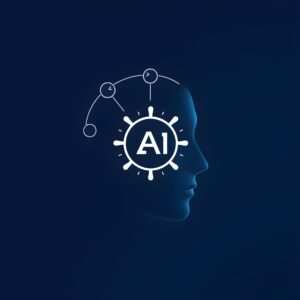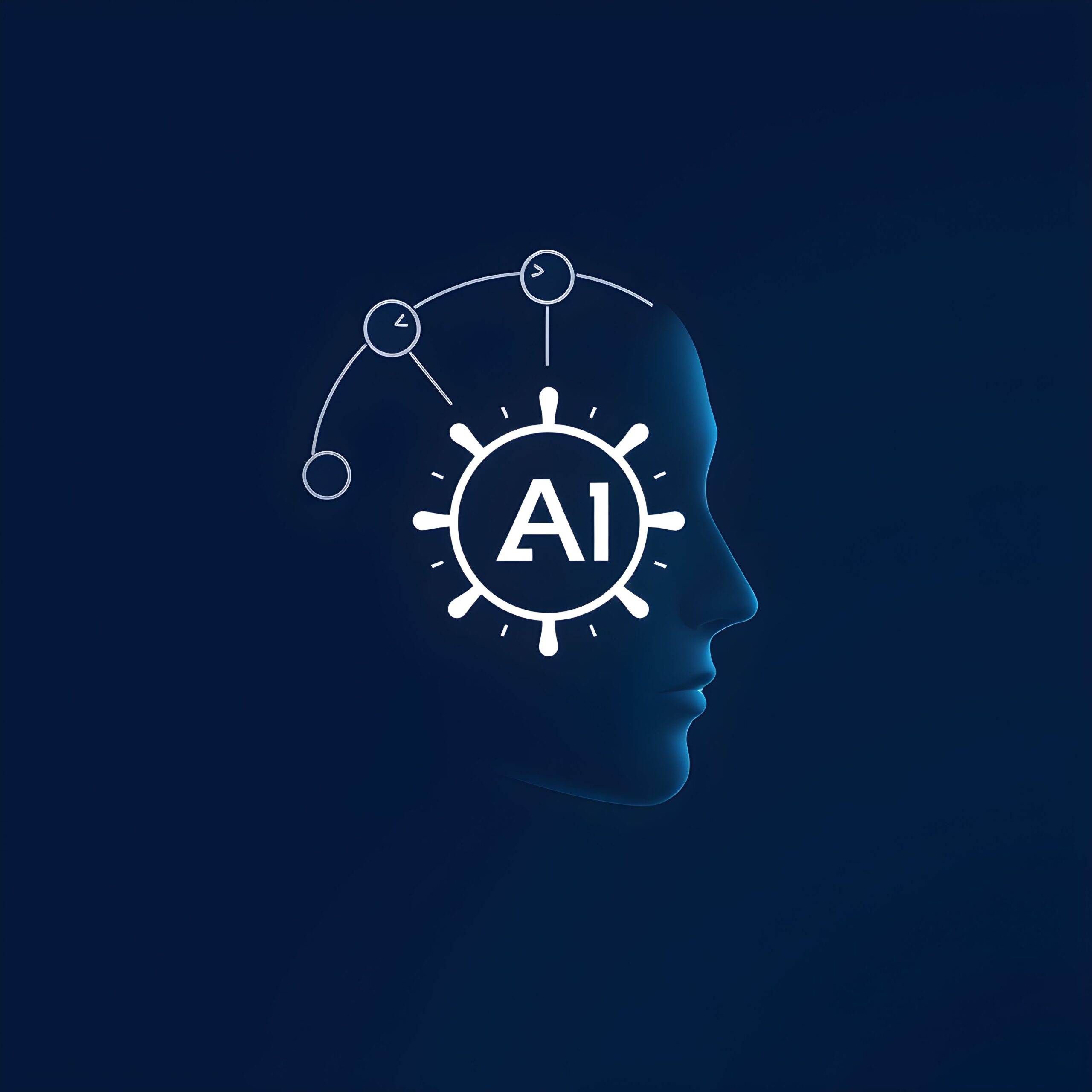Artificial intelligence (AI) continues to reshape modern work environments. From drafting legal documents to generating reports and answering customer inquiries, AI has been embraced as a time-saving tool. However, a growing body of evidence suggests that AI, while reducing certain task durations, is simultaneously creating new work that may cancel out its time-saving benefits.
A 2024 study by Thomson Reuters found that professionals expect to save up to 12 hours weekly by 2029 due to AI assistance. However, surveys show many professionals are already experiencing increased workloads due to new responsibilities linked to AI implementation. These include learning how to use AI, validating its output, and adapting to constantly evolving systems.
This article explores how the promise of AI efficiency is being offset by additional work demands. Supported by recent findings, it provides a clear picture of how employees, employers, and industries are being affected by this emerging paradox.
The Expected Time Savings from AI
AI’s Productivity Promise
AI has been positioned as a revolutionary tool capable of transforming how work is done. Automation technologies such as Microsoft Copilot, ChatGPT, and Google Duet have been praised for their ability to complete repetitive tasks faster and more accurately than humans. In theory, this allows workers to shift their focus toward more meaningful and strategic responsibilities.
According to Thomson Reuters’ 2024 Future of Professionals Report, legal professionals expect to recover up to 12 hours each week with AI tools by the end of the decade. This equates to over 600 hours annually. For high-paid professions, those hours could translate into tens of thousands of dollars in added revenue or productivity gains.
Where Time Is Being Saved
Significant time reductions are being realized in areas such as:
-
Drafting and summarizing text
-
Analyzing large data sets
-
Transcribing and organizing meeting notes
-
Automating administrative tasks
-
Conducting legal and academic research
In theory, these tools should free up time and mental bandwidth for more complex and creative pursuits.
The Emergence of New Work Created by AI
The Work Behind the Automation
Despite these efficiencies, AI is also introducing a set of new tasks that were previously non-existent. A 2024 survey conducted by the Upwork Research Institute found that 77% of workers experienced an increase in workload due to AI adoption. The major factors cited included:
-
The need to review and verify AI-generated output
-
Learning to use and prompt AI systems effectively
-
Correcting mistakes made by AI
-
Managing heightened employer expectations
These tasks have quietly absorbed much of the time AI was supposed to save.
AI Requires Human Oversight
Contrary to the idea that AI can work independently, most systems require continuous human supervision. Generative AI, while fast, often lacks context or introduces factual inaccuracies. Workers must serve as editors and validators, investing additional time to ensure quality and compliance. Rather than eliminating labor, AI has restructured it.
Upskilling and Training Demands
The Learning Curve of AI Tools
One of the biggest contributors to added work is the need to learn and adapt to rapidly evolving AI systems. Employees are expected to:
-
Understand how to interact with AI via prompts
-
Interpret results and identify errors
-
Continuously update their skills as tools improve
Unfortunately, this learning process often lacks formal support. Many companies adopt AI technologies without offering sufficient training, placing the burden of self-education on the workforce.
The Cognitive Load Factor
As employees shift between traditional duties and new AI-driven processes, cognitive demands increase. Switching mental gears repeatedly throughout the day can lead to mental fatigue, commonly known as “technological fatigue.” This phenomenon causes confusion, burnout, and slower adoption of the very tools designed to speed things up.
Employer Expectations and Workplace Pressure
Elevated Standards
One of the unintended consequences of AI integration has been the rise in employer expectations. Since AI is marketed as a tool that significantly boosts efficiency, companies begin to assume that workers will complete tasks faster and better. However, the reality does not always align with these assumptions.
In fact, 47% of employees reported feeling overwhelmed by their employers’ new standards, even as they struggled to keep up with increased responsibilities created by AI.
Monitoring and Micromanagement
With AI-driven performance tools gaining traction, employee activities are more closely monitored than ever before. These systems analyze:
-
Productivity levels
-
Task completion speed
-
Tone and quality of communication
Although these tools aim to enhance efficiency, they often create a culture of surveillance, where employees feel micromanaged and under constant scrutiny.
Changes in Job Descriptions and Roles
Evolving Responsibilities
AI is not just creating new tasks—it is transforming existing roles. Job descriptions are evolving to include skills such as:
-
Prompt engineering
-
Data interpretation
-
AI supervision
For instance:
-
Marketing teams are now required to integrate AI analytics into campaigns.
-
Finance professionals must use forecasting tools powered by machine learning.
-
Customer service reps focus on more complex queries, as AI handles simple interactions.
These shifts often lead to heavier workloads rather than reduced ones.
Risks of Role Overlap
Another challenge is role ambiguity. As AI tools blur the lines between departments, responsibilities often overlap. Workers find themselves performing tasks outside their expertise, leading to inefficiencies and frustration. Over time, this overlap causes stress and reduces productivity rather than enhancing it.
Job Polarization and Inequality
Unequal Impact on the Workforce
While AI can enhance productivity for skilled professionals, it can have the opposite effect on others. Workers who lack access to digital tools or adequate training may be left behind, deepening the digital divide.
The concept of job polarization suggests that AI could concentrate benefits among a select group of highly trained workers while automating or complicating the roles of others. This further complicates team dynamics and contributes to rising inequality in workplaces.
Sector-Specific Insights
Legal Industry
In legal firms, AI tools like Lexis+ AI are used to draft contracts and summarize case law. Yet, legal professionals still must verify content, ensure regulatory compliance, and tailor language. Time may be saved in the initial draft phase, but overall workload remains high due to the increased oversight required.
Healthcare Sector
AI applications in healthcare assist with diagnostics and medical imaging. However, doctors and nurses must still interpret results and communicate findings to patients. Moreover, data entry and system monitoring continue to occupy a significant portion of time.
Education Sector
AI is used for grading assignments and offering personalized learning paths. Teachers, however, report additional responsibilities such as reviewing AI-generated content, adapting it for students’ needs, and managing student trust in automated systems.
Mental Health and Job Security Concerns
The Burden of Decision Fatigue
AI users must continuously assess whether to trust an AI suggestion, revise a prompt, or choose between multiple outputs. This endless decision-making contributes to decision fatigue, which drains mental energy and reduces job satisfaction.
Anxiety Over Job Security
Despite being trained to use AI, many workers fear that successful integration might lead to job loss. The more efficient they become using AI, the more replaceable they may feel. This psychological paradox adds anxiety to an already shifting work environment.
Toward Responsible and Balanced AI Use
What Companies Should Do
To balance AI’s benefits with its drawbacks, organizations must:
-
Provide structured training on AI tools
-
Set realistic productivity goals
-
Avoid relying too heavily on AI-based monitoring systems
-
Create policies for ethical AI usage
Listening to employee feedback is essential for understanding pain points and developing practical solutions.
Government and Regulatory Support
Regulators worldwide are beginning to address ethical concerns in AI. Guidelines focus on:
-
Transparency in AI decision-making
-
Worker protections against unfair surveillance
-
Equitable access to AI tools
Such frameworks help ensure that AI adoption benefits the majority without compromising worker rights or mental well-being.
AI technology undoubtedly brings efficiency and convenience to the workplace. However, the promise of time-saving has proven more complex in practice. As the Thomson Reuters and Upwork studies suggest, the time saved by AI is frequently offset by new demands such as training, oversight, and adaptation.
To navigate this shift effectively, organizations must balance the use of AI with strong human support systems. Employees need adequate training, clear expectations, and a sense of security in their evolving roles. With thoughtful implementation and ethical oversight, the benefits of AI can be realized without sacrificing worker well-being.
Feel free to check out our other website at :aibrainpowered.com











